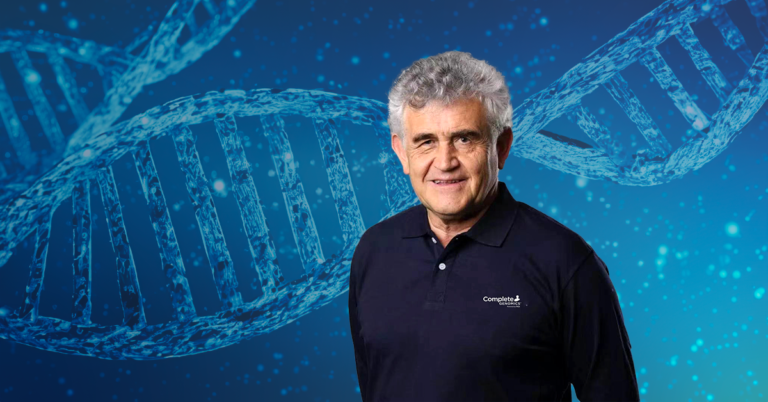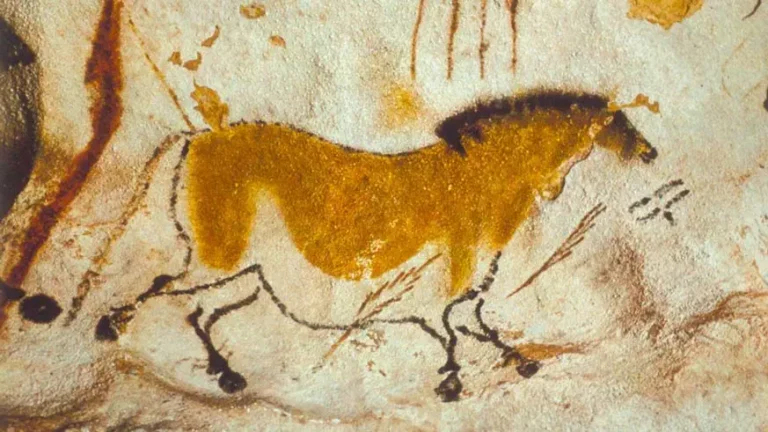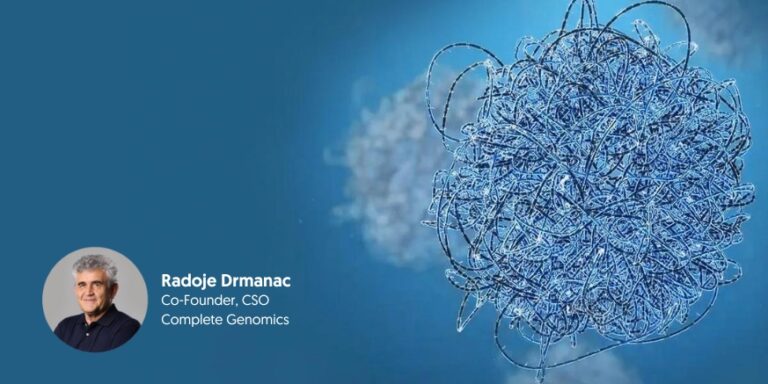National DNA Day: Commemorating the Discovery that Unlocked the Code of Life
April 24, 2024
The Genesis of Discovery: April 25th, 1953
DNA Day was founded to commemorate the groundbreaking discovery of DNA’s double helix structure and the completion of The Human Genome Project.
The story of DNA Day originated on April 25th, 1953, when James Watson and Francis Crick published their 900-word seminal paper titled “Molecular Structure of Nucleic Acids: A Structure for Deoxyribose Nucleic Acid“, elucidating the structure of DNA in the journal Nature.
Utilizing key evidence from Rosalind Franklin‘s famous “Photo 51” X-ray diffraction image as well as other data, Watson and Crick engaged in an intense period of model building.
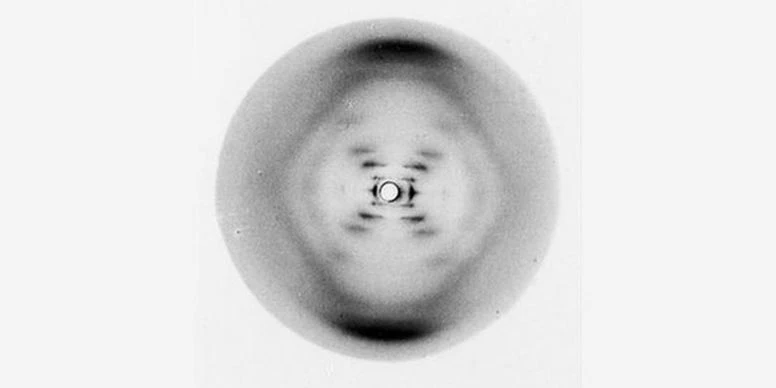
Then, in a legendary flash of inspiration on February 28, 1953, the pair discerned the familiar double-helix structure that makes DNA such an elegantly simple yet incredibly powerful molecule.
Just two months later, on April 25, 1953, their seminal paper titled “Molecular Structure of Nucleic Acids: A Structure for Deoxyribose Nucleic Acid” was published in the journal Nature, launching the modern era of molecular biology.
A Symbol of Human Curiosity and Progress
Watson and Crick’s discovery didn’t happen in a vacuum, of course. They built upon the work of pioneers like Friedrich Miescher, Phoebus Levene, Erwin Chargaff, and many others.
In the years since its discovery, DNA has gone from an obscure molecule to a household word.
DNA Day not only celebrates the anniversary of this world-changing breakthrough, but also provides an opportunity to recognize the myriad scientists, past and present, who have advanced our understanding of the molecule that encodes the very instructions for life itself.
The day is typically marked with educational events, seminars, classroom activities, museum exhibitions, and laboratory tours focused on genetics and genomics.
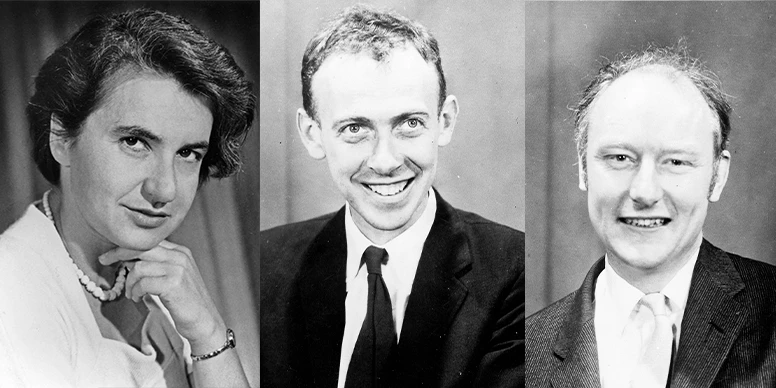
For researchers and students focused on genetics, molecular biology, and the life sciences, April 25th represents more than just a fun annual tradition.
Few discoveries in the history of science can match the tremendous impact of Watson and Crick’s double-helix model on our understanding of life at the most fundamental level.
Subscribe for exclusive content and expert insights.





